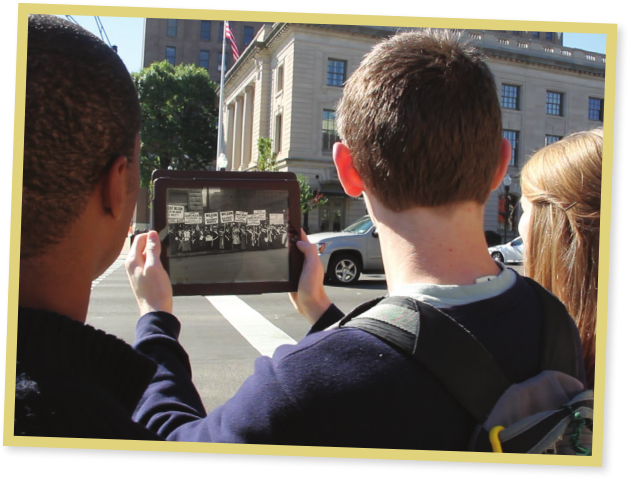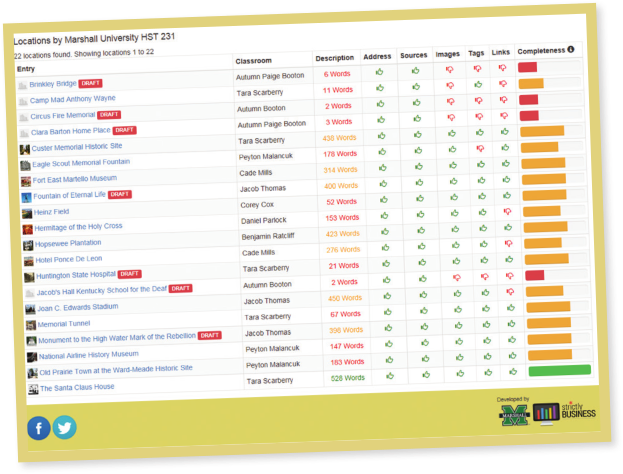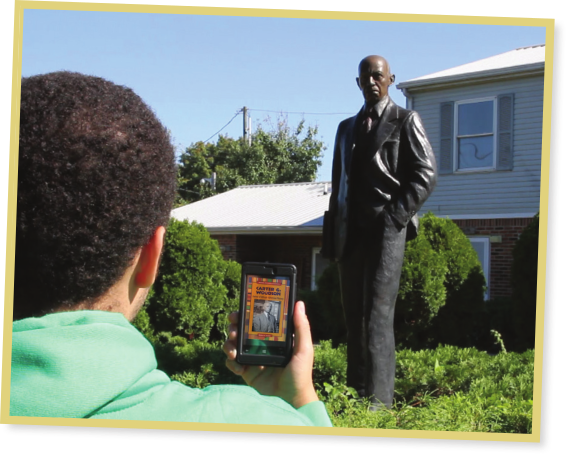Clio in the Classroom

What is Clio?
Clio is an educational website and mobile application that guides the public to thousands of historical and cultural sites throughout the United States.
Named after the ancient muse of history, Clio uses GPS to reach the public where they stand and guide them to museums and historical and cultural sites. Each entry includes concise information, embedded media, and links to primary sources and relevant books and articles. Clio also offers maps and navigation, as well as useful information for visitors to museums, libraries, and historical sites.
Clio is free for everyone.
How Does it Work?
Clio picks up a user's location and connects them to a growing database of entries about museums, libraries, and historical sites. Clio provides information about each entry, along with interactive maps that guide users to each site they select. Entries provide a concise summary and history of each site, along with links to primary and secondary sources for those who want to learn more.

Libraries, Museums, Historical Societies, and Educators
Clio provides institutional accounts to libraries, historical societies, museums, and other institutions so that their staff can create, expand, and update entries. Clio also provides special accounts for educators that allow them to create and vet entries with their students. Members of the public can also create entries and suggest improvements, with each entry being reviewed by an administrator prior to publication. The version history of each entry is preserved, providing a living record of how historical interpretations change over time.

Witness History Unfold
In the past, monuments and markers relied upon a few sentences that were cast in metal or carved in stone. Clio allows authors to provide more detail and multiple perspectives. Clio also grants the freedom to commemorate historical sites where there is no monument or marker. For example, Clio guides users to the precise location of civil rights protests and allows them to feel the past as they listen to oral histories and see images and videos of the event.
The Possibilities are Endless
We hope that your institution will use Clio to reach the public -- not only to drive awareness and promote your organization, but also as a way to share the history and culture of your community and region.

